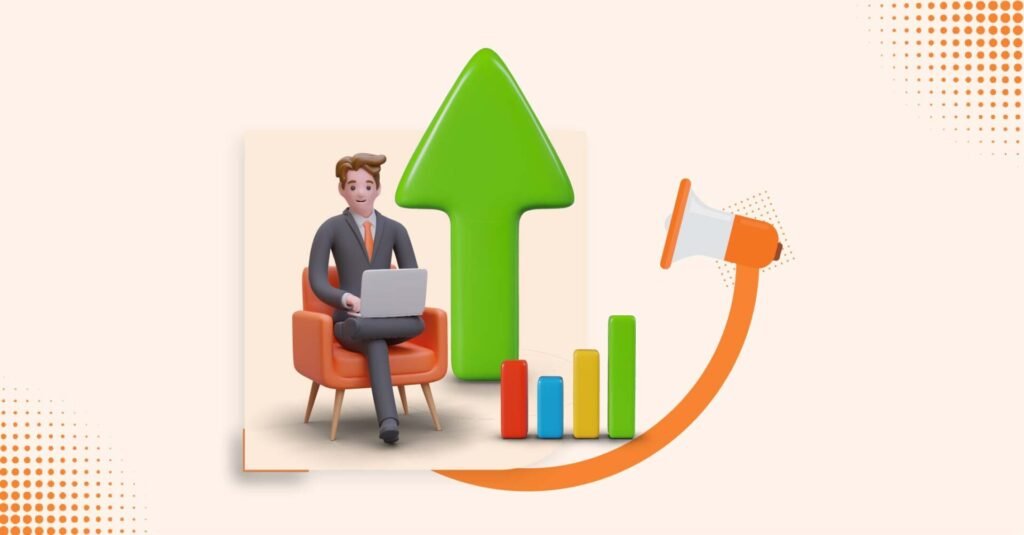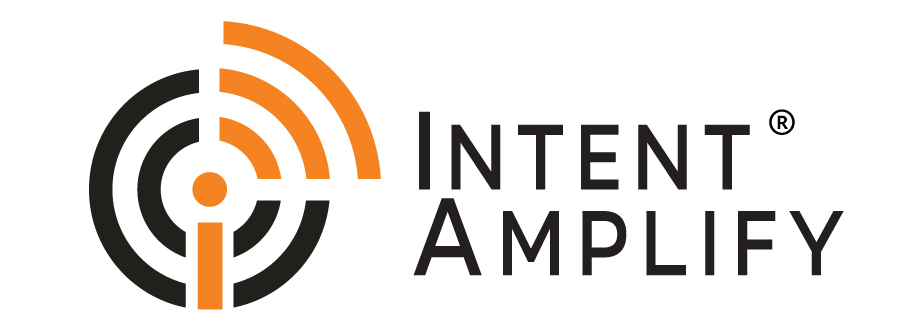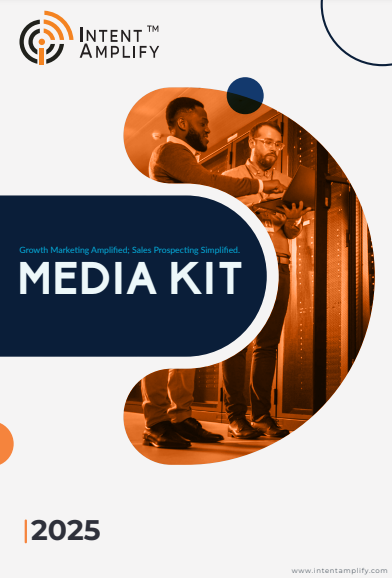
The Rise of B2B SaaS: Empowering Businesses for Tomorrow
- Last updated on: July 20, 2023
In the past, businesses would buy software licenses from vendors and install them on their servers. This was a capital expenditure (CapEx) model, as businesses had to make a large upfront investment in software.
However, in recent years, businesses have been moving to a subscription model for software, known as operational expenditure (OpEx). With OpEx, businesses pay a monthly fee for software access, which is much more flexible and scalable.
Business-to-business SaaS (Software-as-a-Service) is a type of OpEx software model. With this, businesses can access software applications through the cloud. This means that businesses don’t need to worry about installing or maintaining software on their servers.
B2B and SaaS are two of the most common terms in the world of business technology. But what do they mean? And how are they different?
B2B stands for “business-to-business.” It refers to any transaction that takes place between two businesses. This could include the sale of goods, services, or even information. Wherein SaaS stands for “software as a service.” It refers to a software delivery model in which software is hosted and managed by a third-party provider, and accessed by users over the internet.
Let’s dig in and learn more about it!
How are B2B and SaaS different?
The main difference is that B2B is a general term that refers to any transaction between two businesses, while SaaS is a specific type of software delivery model.
Another difference is that B2B transactions can involve the sale of physical goods, while SaaS transactions only involve the sale of software.
Finally, B2B transactions are typically more complex than SaaS transactions, as they often involve multiple parties and multiple contracts.
When Should You Use B2B?
You should use B2B if you are selling goods or services to other businesses. This could include anything from manufacturing equipment to marketing services.
B2B is also a good option if you need to manage complex transactions with multiple parties. For example, if you are selling a software product to a large enterprise, you will need to be able to manage contracts, invoices, and customer support.
When Should You Use SaaS?
SaaS is the best choice for your company when quickness, scalability, and convenience for your customers are high on your list.
- Consider SaaS when:
You’re selling software to businesses and need to reduce on-boarding friction. SaaS allows customers to begin using your product right away—no installs or IT involvement required. - You’d like to provide a subscription model, which allows you to create predictable, repeatable revenue streams and decrease the barrier to new customers.
- You’re growing rapidly and require a deployment model that enables frequent updates without service downtime. SaaS lets you release improvements repeatedly through the cloud.
- You desire to reduce IT burden—SaaS vendors handle infrastructure, updates, security patches, and uptime as a rule. Your users simply log on and use.
- You support distributed teams that require remote access, cross-device consistency, and easy collaboration anywhere.
- You wish to have real-time usage data for customer success and product optimization. SaaS models tend to enable richer analytics and behavioral data.
- You must shorten your sales cycle. With SaaS, prospects can try your product right away—making it less difficult to turn leads into paying customers more quickly.
Briefly, SaaS is well suited for B2B businesses that want quick deployment, reduced customer effort, and scalable expansion.
Which Is Right for You?
The best way to decide whether to use B2B or SaaS is to consider your specific needs and goals. If you are selling physical goods or services, then Business-to-business is probably the best option for you. However, if you are selling software, then SaaS may be a better choice.
Ultimately, the best way to decide is to talk to your customers and see what they prefer. If your customers are already using SaaS, then it may be a good idea to follow their lead. However, if your customers are not familiar with SaaS, then you may need to educate them about the benefits of this delivery model.
Popular B2B and SaaS Companies
In B2B, the organization’s target customers are other companies. Their products are involved in solving the process of issues arising within the customer journey. For instance, we have a platform focusing on customer relationship management (CRM) platforms like Hubspot, it’s a good example of an all-in-one SaaS company executing B2B product marketing.
While in the case of SaaS, organizations sell products or services to an enterprise company. It could be either B2B completely or B2C depending on the requirement of the business and even both.
Some of the B2B companies with prominent expertise in the domain are mentioned below.
- Slack
Slack is a real-time messaging software application. It aims to connect colleagues to keep track of task management, productivity, and brainstorming over various ideas.
- HubSpot
HubSpot is an inbound marketing and sales platform aiding companies in attracting visitors and converting leads. It facilitates visitors attracting and further converting leads by providing tools to evolve the experience for customers.
- Salesforce
Salesforce is a customer relationship management software giving insights with regard to interaction with customers in every relevant department, for instance, the sales team.
Advantages of B2B and SaaS
SaaS e-commerce is a convenient way for small businesses and startups to start selling online. With SaaS, you don’t need to hire a team of developers or IT professionals to set up your online store. You simply pay a subscription fee and the vendor will create your store for you. You can then start adding products and running marketing campaigns right away.
The key advantage of SaaS is that it’s quick and easy to get started. This is a huge convenience for businesses that want to go to market fast. SaaS is also a cost-effective option, as you only pay for the features you need.
The same approach is applied to other B2B SaaS applications, such as office apps, and accounting, CRM, and other work-related activities. You get access to the software when you pay for the subscription plan.
Strategies for B2B SaaS Marketing
When a buyer is involved in B2B SaaS, the journey is unique in itself. It calls for a different marketing strategy unlike the one followed in B2C companies. One of the strategies that has turned helpful is SEO.
- Search Engine Optimization (SEO)
The work of SEO is to generate more traffic means of avenues for conversions. This is what SEO does. Strategy for B2B SEO is majorly focused on placing the website in front of people looking to buy the products and services. This in turn increases the search engine ranking as well as the ranking of the websites.
The algorithm of Google works on a wide search basis and on the CTR. The first result that appears on Google is higher by 10 times than that of the tenth result is visible as we search for something on the search bar.
B2B SaaS Software
The software is cloud-based software that businesses use to manage their sales to other businesses. It is paid for on a subscription basis and offers a range of features for eCommerce business tasks.
There are many different categories of B2B SaaS software, including office software, e-commerce software, computer design software, accounting software, and business intelligence software. The most common category is office software, which is dominated by Microsoft Office 365 and Google Workspace.
B2B SaaS software is growing rapidly in popularity, as it offers businesses several advantages over traditional on-premises software. These advantages include:
- Scalability: Software can be easily scaled up or down to meet the needs of a business.
- Cost-effectiveness: Software is typically more cost-effective than traditional on-premises software.
- Up-to-date: Software is updated regularly with the latest features and security patches.
If you are a business that is looking for a cloud-based software solution to manage your sales to other businesses, B2B SaaS software is a great option. It offers a range of features and is scalable, cost-effective, and up-to-date.
Future of B2B SaaS
B2B SaaS is changing rapidly, with innovation and changing business requirements. Three trends are notable:
1. AI Integration
AI is revolutionizing SaaS platforms—enabling smarter automation, personalization, and insights. From sales forecasting to chatbots, AI is enabling teams to work faster and smarter.
2. Vertical SaaS
Industry-specific SaaS is on the rise. Solutions designed for healthcare, finance, or manufacturing provide customized features and quicker ROI. Customization rules.
3. No-Code/Low-Code Platforms
These platforms enable non-technical users to create apps and automate workflows without coding. With the need for speed increasing, no-code is becoming a necessity in SaaS today.
Conclusion
B2B and SaaS are two of the most popular business technology models. Both models have their advantages and disadvantages, so it is important to choose the right one for your specific needs.
It has been predicted that by 2030, 88% of companies will be running purely on B2B SaaS, and the growth of the public SaaS market will hit $90 billion by the year 2050.
Let’s connect, optimize your strategy, and drive real results, because in today’s market, speed, personalization, and precision aren’t nice to have, they’re necessary.
Contact Us for Sales





